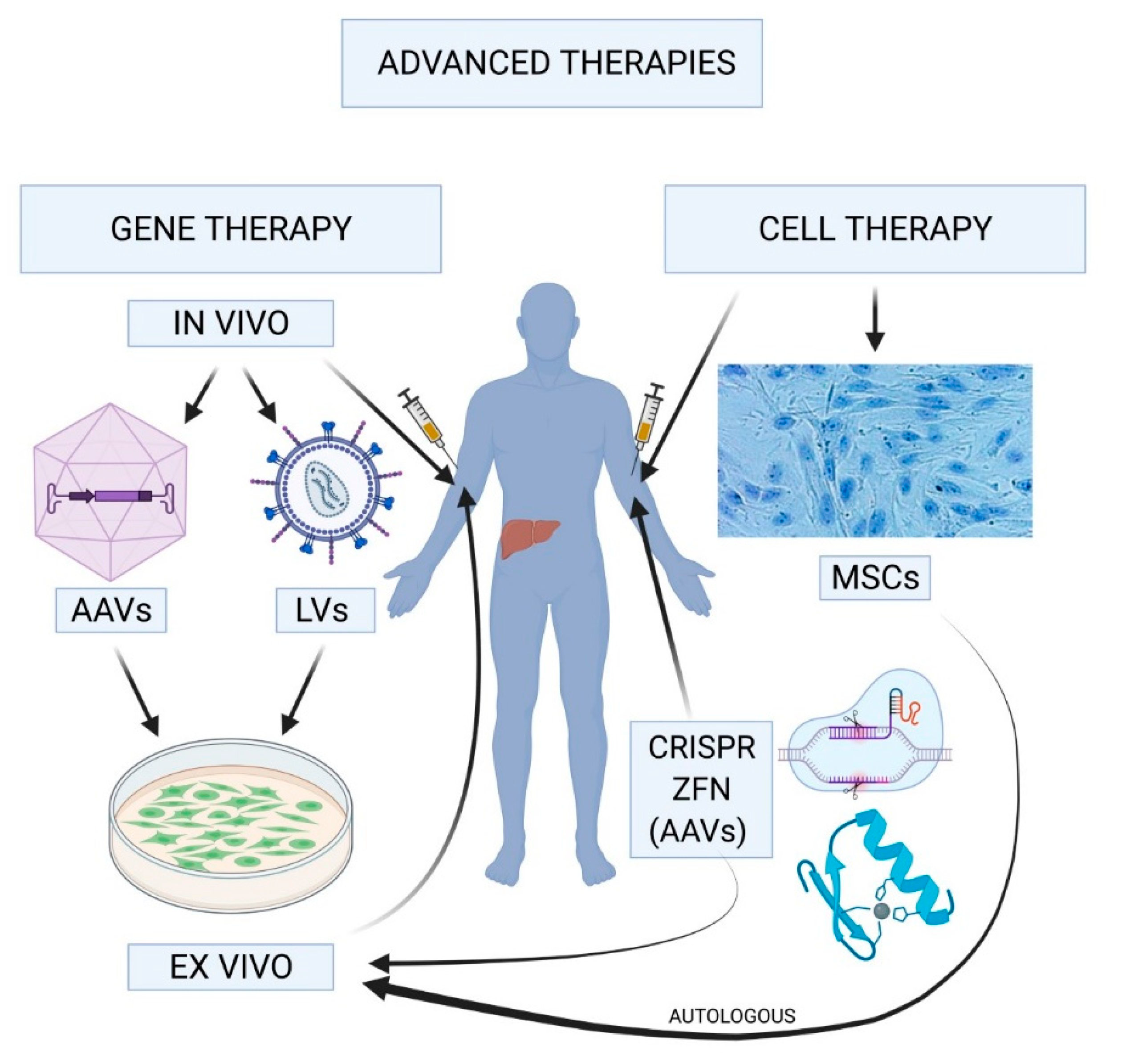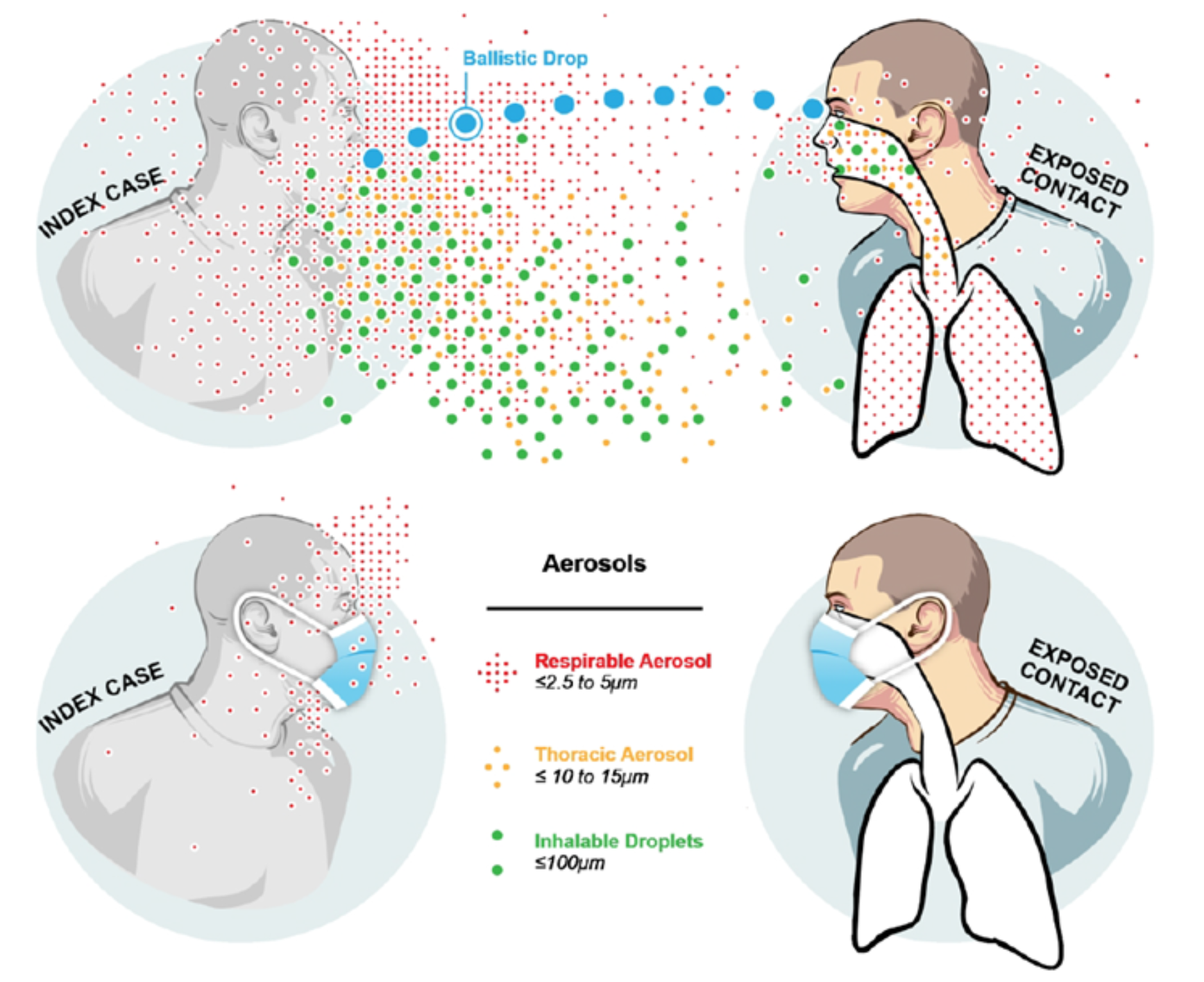Alzheimer’s disease research is at the forefront of combating one of the most devastating neurodegenerative diseases affecting millions worldwide. Central to this research are microglial cells, which act as the brain’s immune system, playing crucial roles in maintaining neural health. Current studies, particularly those led by Beth Stevens, are uncovering how these cells can either support brain function or contribute to disease processes when their activity goes awry. By identifying new biomarkers for Alzheimer’s and developing innovative treatments for Alzheimer’s, researchers are paving the way for improved diagnoses and interventions. This ongoing exploration not only offers hope for those at risk of Alzheimer’s disease but also sheds light on broader implications for brain health and immune response in dementia-related conditions.
Investigations into Alzheimer’s disease encompass a wide array of scientific endeavors aimed at understanding and mitigating the impact of this Alzheimer’s condition. Researchers are increasingly focusing on the intricate roles played by microglial cells in the brain’s immune response, which may directly influence the progression of neurodegenerative disorders. This approach involves exploring alternative avenues for creating biomarkers for Alzheimer’s that can lead to significant advancements in treatment modalities. As experts like Beth Stevens highlight, targeting these immune cells can open new pathways for therapy, ultimately enhancing care for affected individuals. The interplay between neuroinflammation and degeneration is critical in shaping the future of cognitive health research.
Understanding Microglial Cells in Alzheimer’s Research
Microglial cells are the brain’s first line of defense, serving as immune cells that maintain the brain’s health. In the context of Alzheimer’s disease, these cells play a crucial role in monitoring and responding to neural health. When functioning properly, microglia clear out debris and support neuronal survival. However, when their function is altered, as seen in neurodegenerative diseases, they may contribute to the progression of Alzheimer’s by incorrectly pruning synapses. This maladaptive response can lead to increased inflammation and neuronal death, shedding light on the critical balance these cells must maintain for cognitive health.
Recent discoveries in the Stevens Lab have illuminated how dysfunctional microglial activity can exacerbate conditions like Alzheimer’s disease. By investigating the molecular pathways that govern synaptic pruning, researchers are unveiling potential biomarkers for Alzheimer’s that could enhance early detection and treatment strategies. Understanding these processes not only aids in identifying at-risk populations but also paves the way for developing targeted therapies aimed at restoring normal microglial function.
The Impact of Basic Science on Alzheimer’s Disease Treatments
The journey from basic science to effective treatments for Alzheimer’s disease underscores the importance of foundational research driven by curiosity and federal agency support. As Beth Stevens notes, her work on microglial functions started from a place of inquiry rather than a direct aim to solve clinical challenges. This approach has proven beneficial; research into the visual system of mice has yielded insights into more complex human conditions by allowing scientists to explore fundamental neural mechanisms that might not be feasible to study directly in humans.
The transformative nature of basic science research exemplifies how early-stage discoveries can lay the groundwork for groundbreaking treatment options for Alzheimer’s and other neurodegenerative diseases. By continually seeking to understand the brain’s immune responses and cellular behaviors under various conditions, scientists can create a pathway toward innovative therapies, ultimately enhancing the quality of life for millions affected by Alzheimer’s.
Innovative Biomarkers for Alzheimer’s Diagnosis
Biomarkers play a vital role in the early diagnosis and management of Alzheimer’s disease. Current research spearheaded by Beth Stevens and her team is focused on identifying changes in microglial behavior as potential indicators of Alzheimer’s onset. The identification of these biomarkers is not only crucial for early detection but also for monitoring the progression of the disease and responses to new treatments.
The potential discovery of specific biomarkers related to microglial activity could revolutionize how clinicians approach Alzheimer’s care. By providing a reliable means of assessing disease status and progression, these biomarkers could lead to more personalized treatment approaches, aiming to halt or even reverse neurodegeneration. Such advancements underscore the importance of integrating new scientific knowledge into clinical practice to offer hope to those living with Alzheimer’s.
Microglial Dysfunction in Neurodegenerative Diseases
The role of microglial cells extends beyond just Alzheimer’s disease; they are instrumental in a range of neurodegenerative diseases, including Huntington’s and multiple sclerosis. Dysfunction of these immune cells can result in heightened neuroinflammation, which is a common pathway leading to neuronal damage across various conditions. Understanding the diverse roles of microglia in health and disease can provide insights into multi-faceted approaches toward neurodegenerative disorders.
Research into the dysfunction of microglial cells presents opportunities for therapeutic interventions designed to modulate their activity. Targeting these immune cells directly could help restore their normal functions, thereby reducing inflammation, promoting neuronal survival, and maintaining overall brain health. As scientists continue to investigate the mechanisms of microglial actions, the prospect of developing new treatments becomes more tangible.
The Future of Alzheimer’s Disease Research
The future of Alzheimer’s disease research hinges on the collaborative efforts within the scientific community to deepen our understanding of the mechanisms involved in neurodegeneration. Continued investment in basic science is essential as it uncovers the fundamental processes driving conditions like Alzheimer’s. By exploring avenues such as microglial behavior, researchers can find new targets for therapeutic intervention, ultimately aiming to break the cycle of progression that affects millions.
As technology advances and our capabilities to explore complex brain functions improve, the potential for breakthroughs in Alzheimer’s treatment becomes increasingly realistic. Innovations in genetic research and neuroimaging are enhancing our ability to identify and develop new treatments, pushing the boundaries of what is possible in combating this devastating disease.
Long-term Effects of Microglial Research
The long-term implications of research centered on microglial cells are vast. By understanding how these cells interact with neurons and contribute to neurodegenerative diseases, scientists can apply their findings to improve therapies not just for Alzheimer’s but for a broader range of cognitive disorders. This holistic understanding enables a more integrated approach to brain health.
Future investigations into microglial responses may also reveal new pathways for both the prevention and treatment of neurodegenerative disorders. Targeted research could lead to clinical trials focusing on modulating microglial behavior, creating a set of treatment protocols that could potentially alter the disease trajectory for Alzheimer’s patients.
Intersection of Genetics and Alzheimer’s Treatment
Genetic factors play a critical role in the risk and progression of Alzheimer’s disease. Understanding how genes influence microglial function and contribute to neurodegenerative processes is an emerging field of study. By utilizing advanced genetic technologies, researchers can identify genetic variants that may predispose individuals to Alzheimer’s, providing critical information that could personalize treatment strategies.
Furthermore, the intersection of genetics and Alzheimer’s research paves the way for innovations in gene therapy. Approaches that adjust genetic influences on microglial function could shift the landscape of Alzheimer’s treatment, offering hope for genetic interventions that modify the course of the disease.
The Role of Neuroinflammation in Alzheimer’s
Neuroinflammation is increasingly recognized as a key player in the progression of Alzheimer’s disease. Chronic inflammation driven by dysfunctional microglial cells can create a toxic environment that exacerbates neuronal loss. Research into the mechanisms behind neuroinflammation is vital for identifying therapeutic targets that can mitigate these harmful effects.
By delving into the inflammatory processes associated with microglial dysfunction, scientists can develop strategies that not only aim to slow down the progression of Alzheimer’s but also improve overall brain health. Addressing neuroinflammation may become a cornerstone of Alzheimer’s treatment protocols.
Pioneering New Treatments for Alzheimer’s Disease
The quest for effective treatments for Alzheimer’s disease has reached new heights, thanks to the relentless efforts of researchers like Beth Stevens. By focusing on microglial cells and their impact on neurodegenerative processes, scientists are developing innovative therapeutic strategies aimed at altering the disease landscape. These pioneering treatments promise to increase the quality of life for individuals living with Alzheimer’s.
While traditional approaches to Alzheimer’s treatment have focused primarily on alleviating symptoms, the emerging research on the role of microglial dysfunction is shifting the emphasis toward prevention and disease modification. This evolution in treatment focus could substantially change how Alzheimer’s is approached within the healthcare arena.
Frequently Asked Questions
What role do microglial cells play in Alzheimer’s disease research?
Microglial cells are essential components of the brain’s immune system and play a crucial role in Alzheimer’s disease research. These cells monitor the brain for damage and contribute to synaptic pruning, a process that can become detrimental in neurodegenerative diseases like Alzheimer’s. Research into microglial functions helps scientists understand how improper pruning may lead to the progression of Alzheimer’s and other conditions, ultimately aiding in the development of new treatment pathways.
How do biomarkers for Alzheimer’s contribute to understanding neurodegenerative diseases?
Biomarkers for Alzheimer’s are critical in research as they provide measurable indicators of disease presence or progression. By identifying specific biomarkers, researchers can enhance early detection of Alzheimer’s and monitor treatment efficacy. This information is vital for developing targeted therapies for neurodegenerative diseases and may improve patient outcomes significantly.
What new treatments for Alzheimer’s are being developed based on microglial research?
Recent advances in microglial research have opened new avenues for treatments for Alzheimer’s disease. By understanding how microglial cells contribute to synaptic health and the immune response in the brain, scientists are exploring ways to modulate their activity. This could lead to innovative therapies that reduce harmful neuroinflammation and promote better brain health in Alzheimer’s patients.
How does the brain’s immune system affect Alzheimer’s disease progression?
The brain’s immune system, primarily composed of microglial cells, is vital in maintaining neuronal health. Dysfunction in this immune response has been implicated in the progression of Alzheimer’s disease. Research shows that when microglia are activated improperly, they may lead to increased inflammation and neuronal damage, highlighting the importance of understanding these mechanisms in Alzheimer’s disease research for developing effective treatments.
What are the latest discoveries in Alzheimer’s disease research concerning the brain’s immune system?
Recent discoveries in Alzheimer’s disease research have focused on the role of the brain’s immune system, particularly microglial cells. Studies show that these cells not only protect the brain but may also contribute to neurodegeneration when their function is disrupted. This dual role emphasizes the need for targeted research in understanding how adjusting microglial activity could lead to breakthroughs in Alzheimer’s treatment.
What significance do neurodegenerative diseases hold for Alzheimer’s research?
Neurodegenerative diseases, including Alzheimer’s, are crucial areas of focus in current research due to their complex pathological mechanisms. Research into Alzheimer’s often intersects with studies of other neurodegenerative diseases, allowing scientists to draw parallels and enhance understanding of shared pathways. This interconnected approach can lead to novel insights and potential therapies that may benefit patients across various conditions.
| Key Point | Details |
|---|---|
| Microglial Cells | Act as the brain’s immune system, clearing out dead cells and pruning synapses. |
| Aberrant Pruning | Misguided pruning by microglia can contribute to neurodegenerative diseases like Alzheimer’s and Huntington’s. |
| Research Foundation | Large part of research supported by the NIH and other federal funding, allowing exploration of basic science. |
| Impact of Findings | Research leads to new biomarkers and possible treatments for Alzheimer’s, affecting millions. |
| Curiosity-Driven Science | Basic science can lead to unexpected and impactful discoveries in the understanding of diseases. |
Summary
Alzheimer’s disease research is an evolving field that has greatly benefited from innovative studies on microglial cells, as demonstrated by Beth Stevens. Her work highlights the importance of understanding the brain’s immune system, which can lead to breakthroughs in detecting and treating neurodegenerative diseases. By uncovering the intricate roles of these cells, researchers are paving the way for new therapeutic options for the millions affected by Alzheimer’s disease. This ongoing investigation not only seeks to find a cure but also enhances our overall comprehension of brain health and its diseases.


